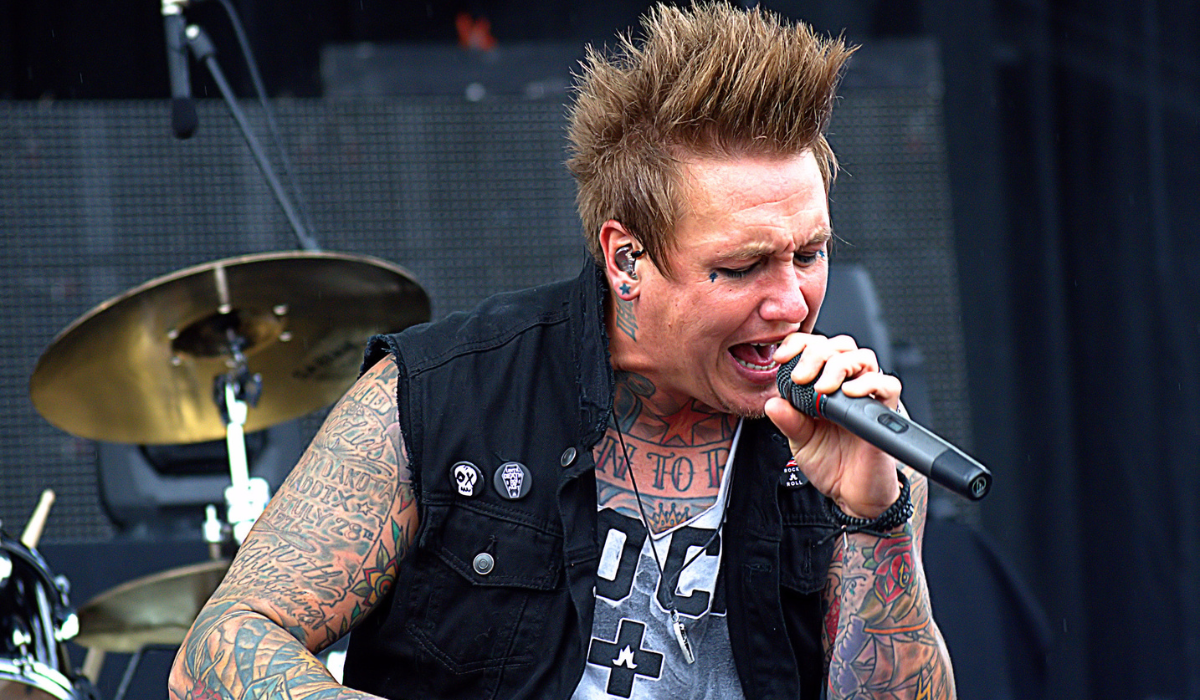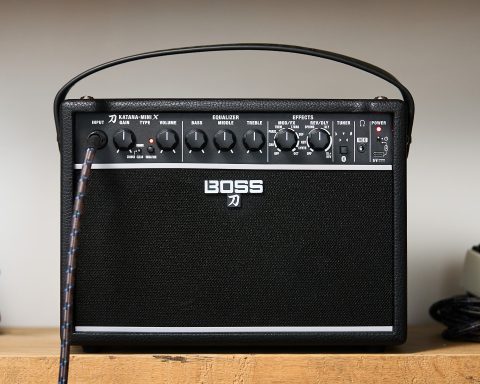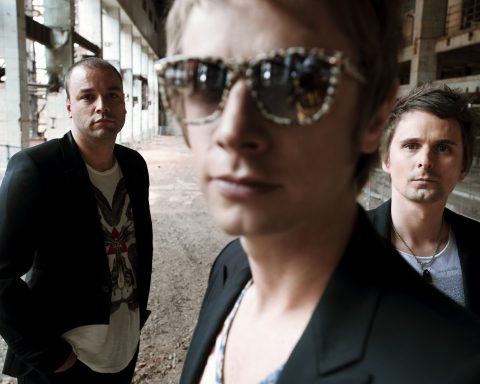The over-the-top aesthetics of nu metal often belie the fantastic guitar work found throughout the genre. One of the most recognizable examples of this is Jerry Horton’s earworm riffing on Papa Roach’s “Last Resort” from 2001’s Infest. While the track packs in nu metal’s signature rap-rock stylings, its riff, like “Smoke On The Water” or “Iron Man,” transcends its era and the song itself.
About The Song
The year “Last Resort” was released, the airwaves were flooded with nu metal bands following the groundwork laid by Korn and Limp Bizkit. For something new to break through, there had to be something undeniable about it. That something was “Last Resort.” Thanks largely to Horton’s famed riff, the song shot to #1 on the US Billboard Modern Rock Tracks chart and pushed Infest to triple-platinum status. It also gave the band a career that is still going strong today.
Breaking It Down
“Last Resort” sent countless guitarists to the woodshed, grabbing their Drop-D-tuned guitars and trying to get its main riff under their fingers. But they quickly realized that the song was deceivingly complex. The riff is a sleeper of a finger twister, and many of those power chord-stabs you hear revolve around a root/4th shape. So, the keys to nailing the song’s guitar are attention to detail and clean playing technique.
The song’s most famous riff features an 8-note repeating pattern with a moving bass note. Played in a relentless 16th-note rhythm that involves plenty of string skipping, open strings, and palm muting, clean picking technique and great time are essential to making every note ring.
"The song's most famous riff features an 8-note repeating pattern with a moving bass note."
The attention to detail part comes while riffing your way through the rest of the song. The intro, choruses, and bridge sections all employ a steady mix of nu metal-approved power chords and octaves. But listen closely, and you’ll notice that each section rearranges the chord progression slightly. There’s even a down-and-dirty palm-muted accent that only shows up near the end of the track.
Learn The Licks
In this video, Marty’s Music breaks down “Last Resort” in its entirety. He covers everything from the iconic riff to the power chord and octave-laced choruses and bridge. Most importantly, he shows you what to listen for in each progression and how it differs from the others, and he does it through a custom BOSS Katana patch that’s tailor-made for the job.
"Jerry Horton preferred a midrange bark that lets every note of the fast-moving riff come through clearly."
Notice how relatively clean the tone is. It’s definitely breathing fire, but it’s not the thick, high-gain rectifier sound so many players of the era leaned on. Instead, Horton preferred a midrange bark that lets every note of the fast-moving riff come through clearly. The cleaner tone is a big part of why the riff is so hard to play and an even bigger part of why it’s so iconic.
Once you’ve explored the song, visit BOSS Tone Exchange to download the patch for your Katana. Then, it’s your turn to have a go at one of the 2000s’ most famous guitar riffs.
DOWNLOAD
"Final Resort" Patch for BOSS Katana
- In the style of “Last Resort” by Papa Roach







